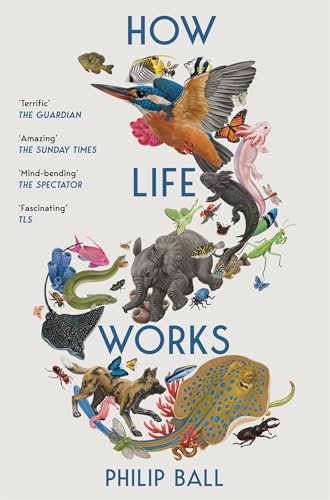Sublime
An inspiration engine for ideas

You are the product of three billion years of evolutionary tweaks.
Bill Bryson • The Body: A Guide for Occupants
Ridley, Matt. Génome: Autobiographie de l'espèce humaine en vingt-trois chapitres, Paris: Robert Laffont, 2001.
M. A • MGTOW: Ces hommes qui prennent leur propre chemin (French Edition)
the bear’s gene segment must have the same sequence in almost all nearby universes as it does in ours. That is because it is presumably highly adapted, which means that most variants of it would not succeed in getting themselves copied in most variants of their environment, and so could not appear at that location in the DNA of a living bear. In
... See moreDavid Deutsch • The Fabric of Reality

While teaching at Brandeis University, working other jobs, and tending her kids, she managed to squeeze out the time to write an exhaustive paper that wove together evidence for her thesis from many different fields. That, in and of itself, was unusual. At Berkeley, she had been shocked by what she called “academic apartheid.” She rarely saw
... See moreDan Levitt • What's Gotten Into You: The Story of Your Body's Atoms, from the Big Bang Through Last Night's Dinner
Genes embody knowledge about their niches. Everything of fundamental significance about the phenomenon of life depends on this property, and not on replication per se.
David Deutsch • The Fabric of Reality
Two books that have greatly influenced my life are The Double Helix by James D. Watson and The Selfish Gene by Richard Dawkins.